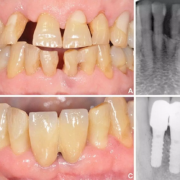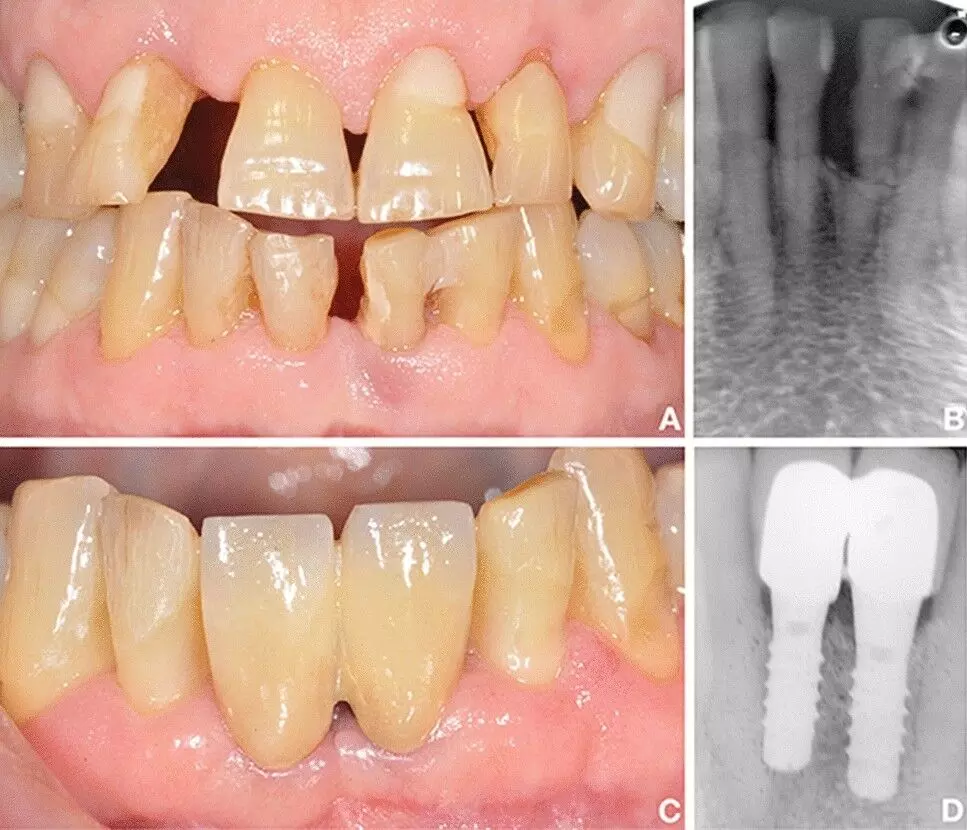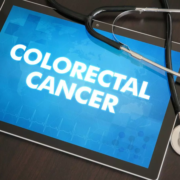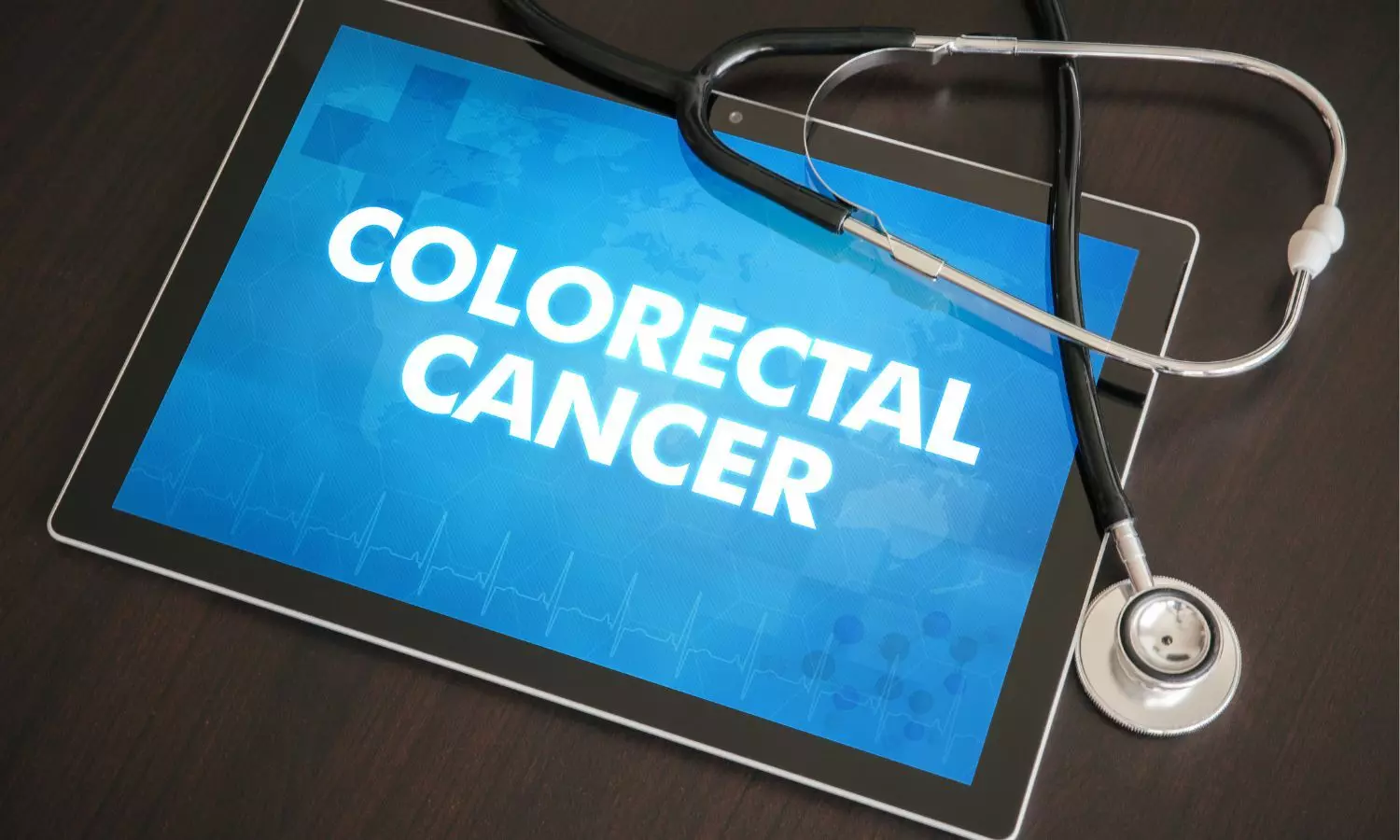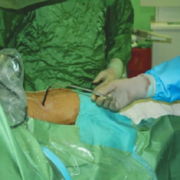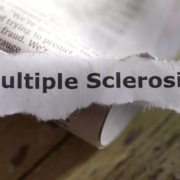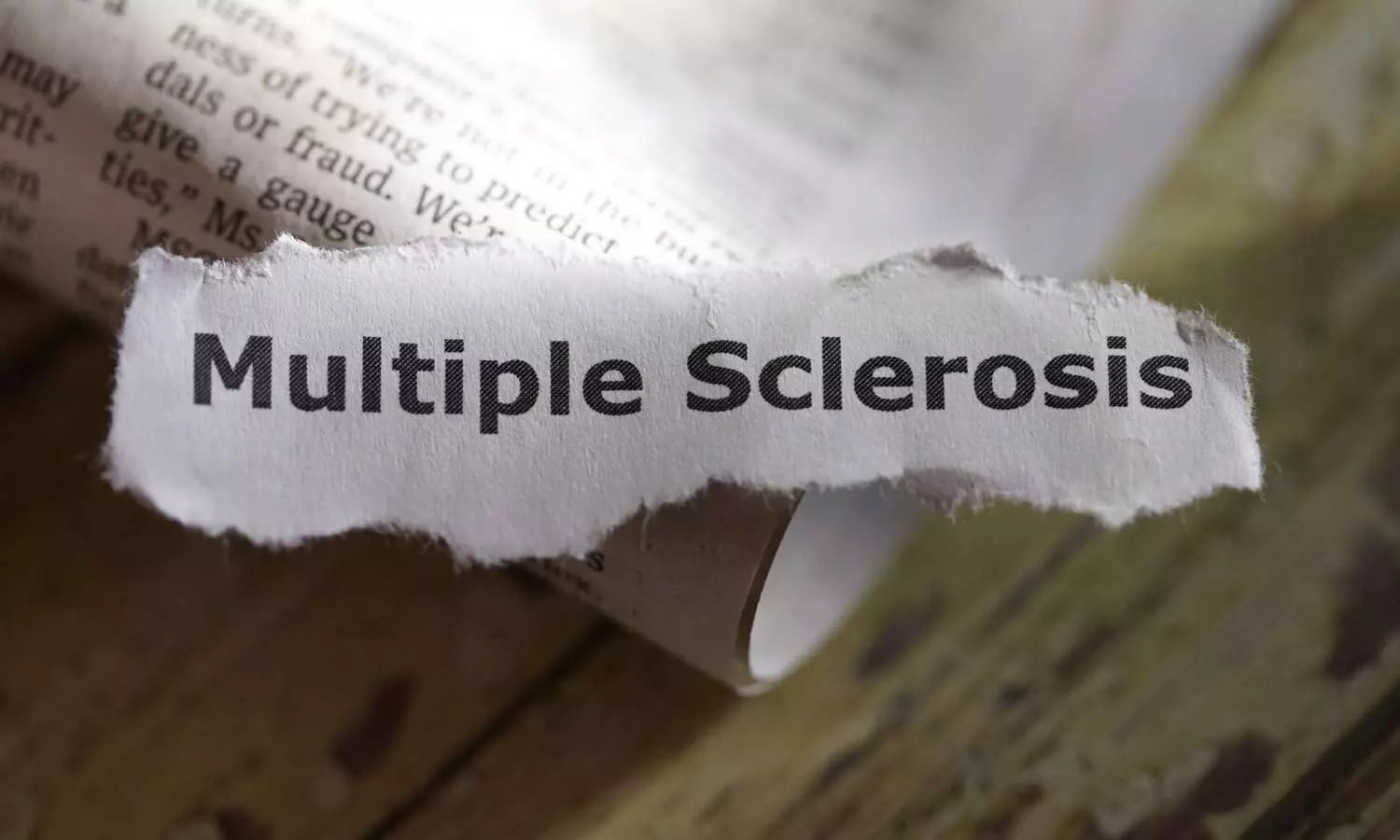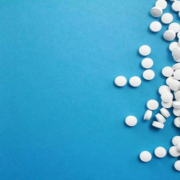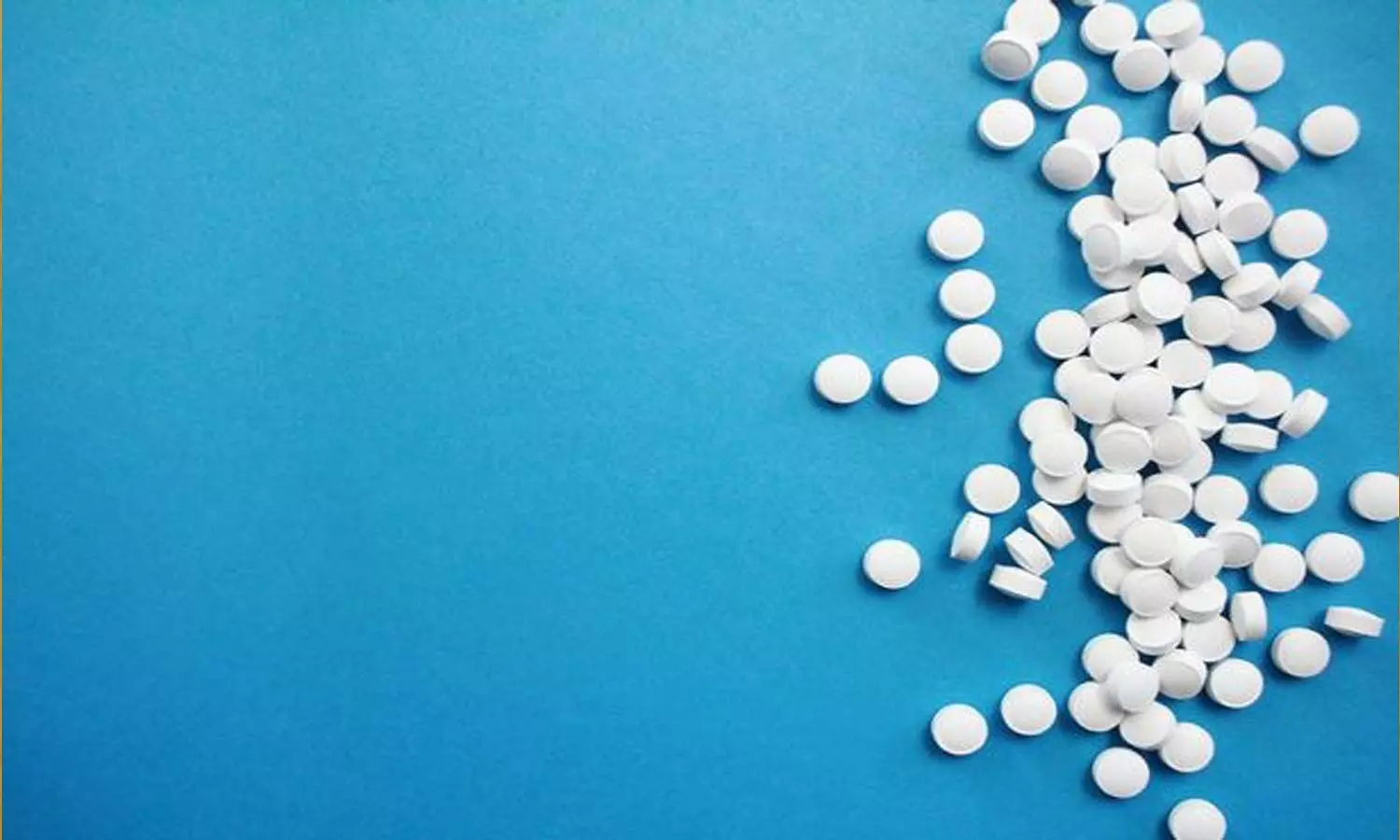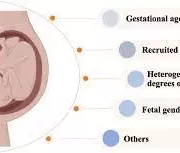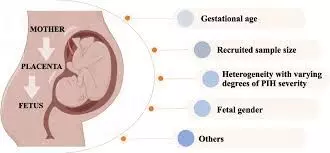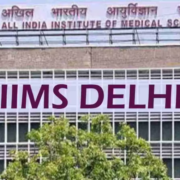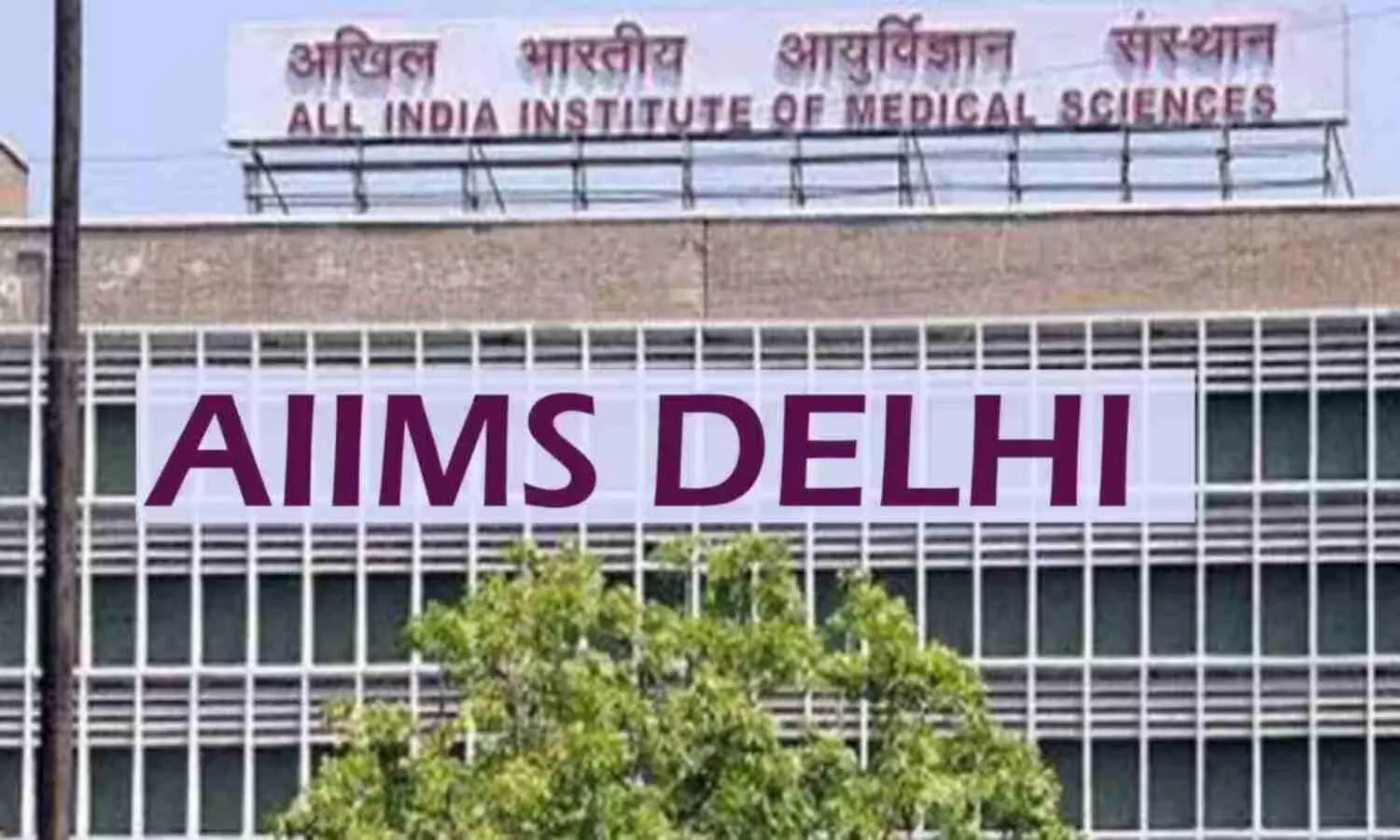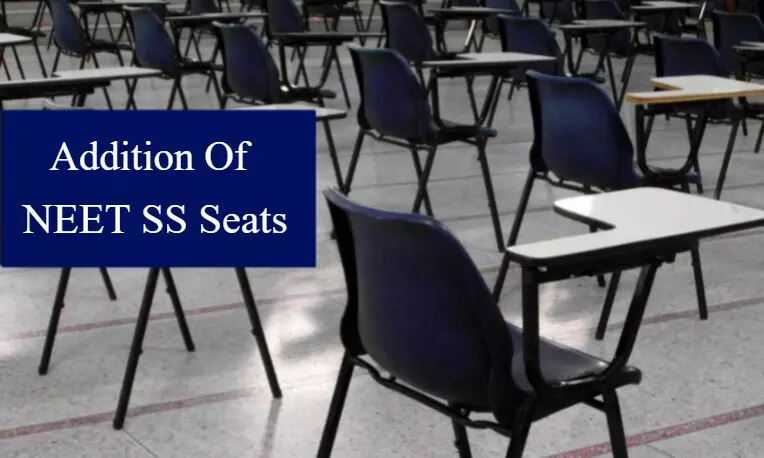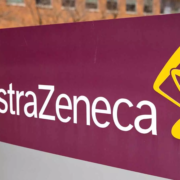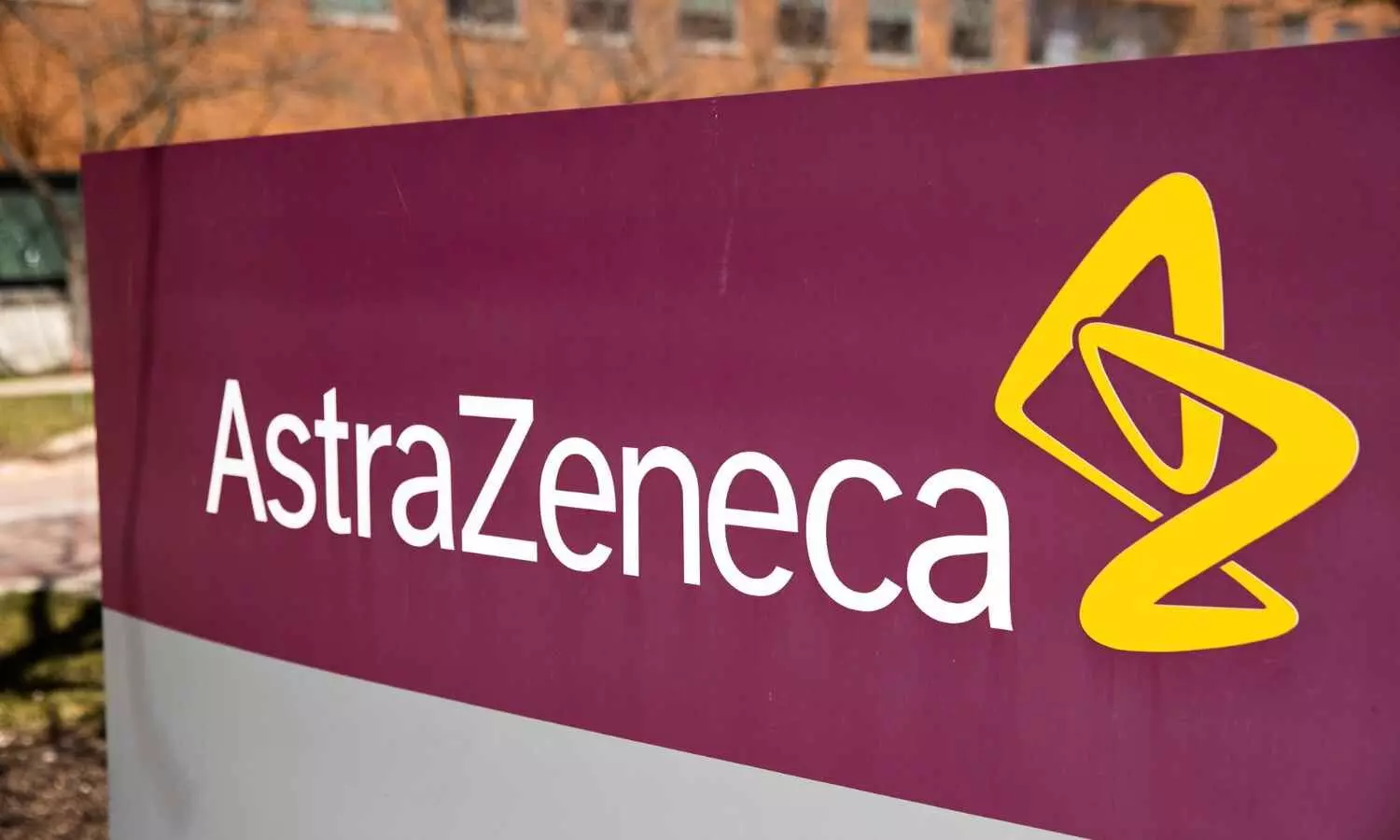Long term consumption of dark chocolate beneficial in preventing retinal vascular disease, reveals research

Research published in Scientific Reports reveals that long-term consumption of dark chocolate is beneficial in preventing retinal vascular disease.
There is a lack of knowledge about the effect of flavanols-rich dark chocolate intake on the anatomy and functionality of retinal vessels. The aim of this study prospective, randomized, blind, crossover clinical trial (ClinicalTrials.gov Identifier: NCT05227248, 07/02/2022) was to evaluate the effect of dark-chocolate intake on the functionality and anatomy of the retinal vessels in healthy subjects using dynamic vessel analyzer (DVA) and optical coherence tomography angiography (OCT-A). Twenty eyes of 20 healthy subjects (mean age, 24.4 ± 1.6 years; 12 females) were enrolled. Participants were randomized to consume 20 g of dark chocolate or 7.5 g of milk chocolate. Visual function, DVA and OCT-A parameters were evaluated before chocolate consumption and two hours later. One week later, the same participants were tested before and after consuming the opposite chocolate. Using OCT-A, no differences were disclosed in terms of perfusion density changes after dark-chocolate and milk-chocolate intake analyzing all chorioretinal plexuses (p > 0.09 in all analyses). Using DVA, a significant increase in the arterial dilation percentage after flicker stimulation was disclosed comparing baseline (2.750 ± 2.054%) with values after the dark chocolate intake (4.145 ± 3.055%, p = 0.016). This difference was not disclosed after the milk chocolate intake (p = 0.465). We disclosed that a reasonable amount of flavanols-rich chocolate in healthy subjects has benefic functional short-term effects in retinal vessels measured with DVA. This suggests a potential role of dark chocolate intake on retinal vessels. Further studies with long-term follow-up are warranted to show if the chronic assumption of dark chocolate could play a favorable role in the prevention of retinal diseases.
Reference:
Sacconi, R., Pezzella, M., Ribarich, N. et al. Benefits of dark chocolate intake on retinal vessels functionality: a randomized, blind, crossover clinical trial. Sci Rep 14, 20203 (2024). https://doi.org/10.1038/s41598-024-70289-7
Keywords:
Long term, consumption, dark chocolate, beneficial, preventing, retinal, vascular, disease, reveals, research, Scientific Reports, Sacconi, R., Pezzella, M., Ribarich, N.
Powered by WPeMatico




